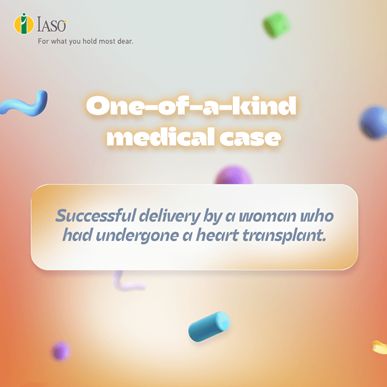The IASO Gynecological Ultrasound Department performs all the diagnostic ultrasound tests for women. Specifically, Prenatal & Gynecologic Ultrasounds are performed, through which conditions of the uterus, fallopian tubes and ovaries are detected.
The Department is staffed with fully qualified and trained medical personnel and equipped with state-of-the-art, next-generation ultrasound devices. The imaging scans are performed on the same day and are highly reliable. Through the use of 3D and 4D ultrasound technology, the early diagnosis of conditions of the uterus and ovaries (3D Doppler, 3D sonohysterography) and the examination of female infertility causes (HyCoSy, HyFoSy) are possible. The Clinic’s IT system allows storage of all tests, per case, so they may be retrieved fast and easily in case they’re needed, available both for treating physicians and the patients.
All the scans are performed in a single area, on the ground level of IASO, with immediate service.
The gynecological ultrasound department covers all emergencies 24/7.
-
Three-dimensional sonohysterography
A modern method of assessing the uterine cavity and diagnosing endometrial growths (polyps, fibroids and endometrial adhesions). It is a test that is well tolerated by women, lasting a short amount of time (about 15 minutes) and with a special diagnostic value, equal to that of diagnostic hysteroscopy, since it locates lesions in any part of the uterine cavity.
The examination is simple and is carried out through a special catheter, which is placed in the cervix, and sterile saline solution is sent through it. The multilayered presentation of the resulting images make diagnosis possible.
-
Hysterosalpingo-foam sonography (HyFoSy)
Hysterosalpingo sonography is the evolution of classic Hysterosalpingography. It is an effective, painless and safe method for examining the causes of female fertility.
With the use of the ExEm Foam KIT, we are able to control the permeability of the fallopian tubes through ultrasound imaging, without radiation exposure.
The examination is performed after the gynecological ultrasound, on the first phase of the menstrual cycle, the follicular phase. The test takes place after the end of your period and before ovulation occurs. You will therefore be asked about the date of your last period, the length of your period and the length of your menstrual cycle.
The foam consists of inert polysaccharide (cellulose), glycerol and sterile water for infusions and there is no risk of allergy.
How is it performed?
The preparation recommended is the same as that of the Pap test. A vaginal speculum will be inserted and then a small, thin and soft catheter, from which the foam will be infused into the uterine cavity. The catheter is atraumatic, it will not cause pain or abrasions in your cervix. It will remain there for the entire duration of the examination.
The speculum will then be removed, and the probe for the transvaginal ultrasound will be inserted. The infusion of the foam will start at the beginning of the imaging.
After the test you may return to your normal daily activities.
-
Three-Dimensional (3D) Ultrasounds in Gynecology
3D ultrasound is a modern development of the simple (two dimensional) ultrasound and provides a sharper analysis of the female reproductive system. The 3D imaging of the female pelvic organs provides sufficient information about the various diseases of the uterus. It is a low-cost, painless test, where women's discomfort is avoided (it lasts about 10 minutes) and in several cases it seems to be more effective than other diagnostic methods (computed tomography, magnetic resonance imaging).
What is 3D ultrasound useful for?
- The more accurate diagnosis of benign uterine diseases (fibroids, adenomyosis, polyps, adhesions).
- The detection and evaluation of growths at the ovaries and fallopian tubes (ovarian and paratubal cysts).
- The prevention and valid diagnosis of cancer of the uterus, ovaries and fallopian tubes.
- The early diagnosis of pathological conditions in the 1st trimester of pregnancy (ectopic pregnancy, molar pregnancy).
- The screening of female infertility, by the most complete assessment of the uterus for uterine malformations.
- The correct choice and planning of surgery by the Physician, depending on the cause.











